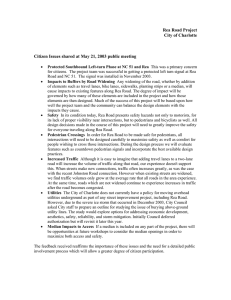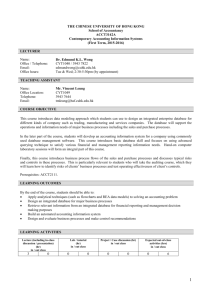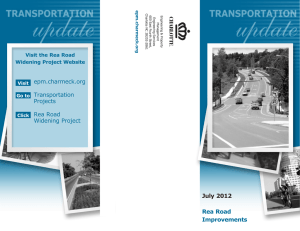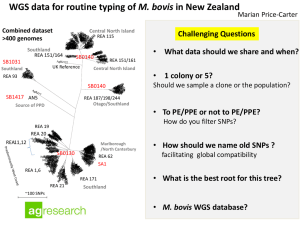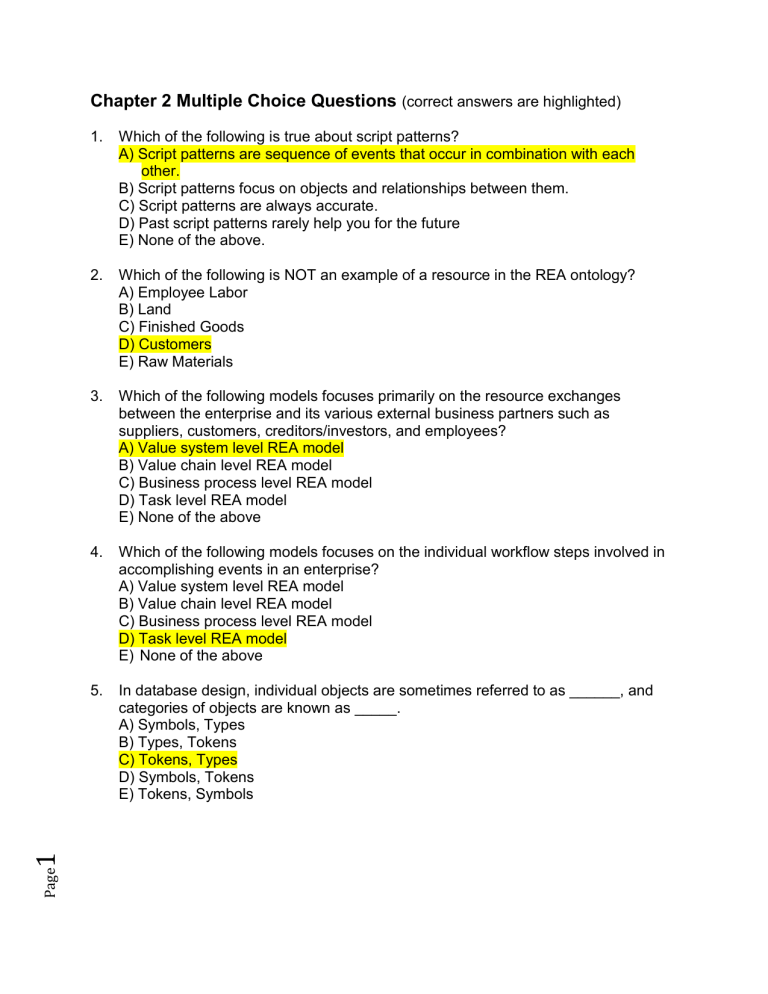
Page 1 Chapter 2 Multiple Choice Questions (correct answers are highlighted) 1. Which of the following is true about script patterns? A) Script patterns are sequence of events that occur in combination with each other. B) Script patterns focus on objects and relationships between them. C) Script patterns are always accurate. D) Past script patterns rarely help you for the future E) None of the above. 2. Which of the following is NOT an example of a resource in the REA ontology? A) Employee Labor B) Land C) Finished Goods D) Customers E) Raw Materials 3. Which of the following models focuses primarily on the resource exchanges between the enterprise and its various external business partners such as suppliers, customers, creditors/investors, and employees? A) Value system level REA model B) Value chain level REA model C) Business process level REA model D) Task level REA model E) None of the above 4. Which of the following models focuses on the individual workflow steps involved in accomplishing events in an enterprise? A) Value system level REA model B) Value chain level REA model C) Business process level REA model D) Task level REA model E) None of the above 5. In database design, individual objects are sometimes referred to as ______, and categories of objects are known as _____. A) Symbols, Types B) Types, Tokens C) Tokens, Types D) Symbols, Tokens E) Tokens, Symbols 2 Page 6. For which level of the REA ontology has a specific pattern not yet been discovered? A) Business process level B) Task level C) Value system level D) Value chain level E) None of the above; specific patterns have been discovered for all four levels 7. The external partners to whom cash is the primary resource typically given in a traditional manufacturer’s value system level REA model include all of the following except... A) Employees B) Customers C) Suppliers D) Investors E) Creditors 8. Which of the following is NOT included in a typical Value Chain Level REA model? A) Financing process B) Human resources process C) Sales process D) Acquisition process E) Consumption process 9. In the REA Ontology, Agents can be A) Individuals B) Departments C) Organizations D) Divisions E) All of the above 10. Employees of Brymer Bridge Design (BBD) can elect to have $50 per month deducted from their paychecks to pay for dental insurance. BBD transmits the insurance premiums to DentaRight Dental Insurance (DRDI). When an insured BBD employee visits a participating dentist, the employee pays only half the bill. The remaining half is paid by DRDI. Which of the following statements best describes why the dental benefits paid by DRDI to the dentists should not be included on BBD’s REA Value System Model? A) Payment of employee benefits such as dental insurance falls within the scope of BBD’s conversion cycle, and conversion cycles are typically not depicted on value system models. B) Payment of the dental benefits relates to the resource exchanges between DRDI and its suppliers, therefore it is outside the scope of BBD’s value system model. C) Payment of the dental benefits by DRDI to the dentists should be included on BBD’s value system model. D) Payment of dental benefits is an event, not a resource exchange; therefore it should not appear on a value system level model. E) Payment of dental benefits does not involve cash flow, therefore it should not appear on a value system level model. 11. Regardless of the type of goods or services provided, each organization typically includes these three business processes/transaction cycles: A) Inventory, Wage Payments, and Sales B) Payments, Collections, and Debt Financing C) Acquisition/Payment, Conversion, and Sales/Collection D) Inputs, Outputs, and Returns E) Financing, Wage Payments, and Inventory 12. The causal relationship between a give event and a take event is a ___________, and __________ is defined as the inflow or outflow of a resource. A) Difference association; Process B) Duality association; Stockflow C) Conversion association; Timing D) Value Chain association; Resource flow E) Stockflow association; Duality Page 3 13. Which of the following are economic increment events? A) Production Runs B) Material Issues C) Labor Operations D) Machine Operations E) Cash Disbursements 14. Resource flow connections between the internal business processes (transaction cycles) of an enterprise are most commonly illustrated in: A) REA Value System models B) REA Value Chain models C) REA Business Process models D) REA Task models E) None of the above 15. What is likely the most appropriate label to put on the arrow going into the financing process for this partial value chain level model for a privately held pharmacy? Financing Process A) Loan B) Common stock C) Cash D) Pharmaceuticals E) Derivatives 16. In a REA value chain level model, what event inside the financing process bubble corresponds to the arrow coming into the financing process bubble? Financing Process A) Cash disbursement B) Cash receipt C) Labor acquisition D) Purchase E) Sale Page 4 17. In order from the top down, the hierarchy levels in the REA enterprise ontology are A) Task, business process, value system, value chain B) Business process, task, value system, value chain C) Value chain, value system, business process, task D) Value system, value chain, business process, task E) Business process, value chain, task, value system 18. Which level of the REA ontology represents the big-picture view? A) Value system B) Value chain C) Business process D) Task E) Both C and D above 19. To which other internal business process are manufactured goods typically made available by the conversion business process? A) Financing B) Revenue C) Payroll (Human Resources) D) Acquisition/Payment E) Both C and D above Page 5 20. Which REA ontology level focuses on the resource flows between interconnected business processes? A) Task B) Business process C) Value system D) Value chain Both A and B above


